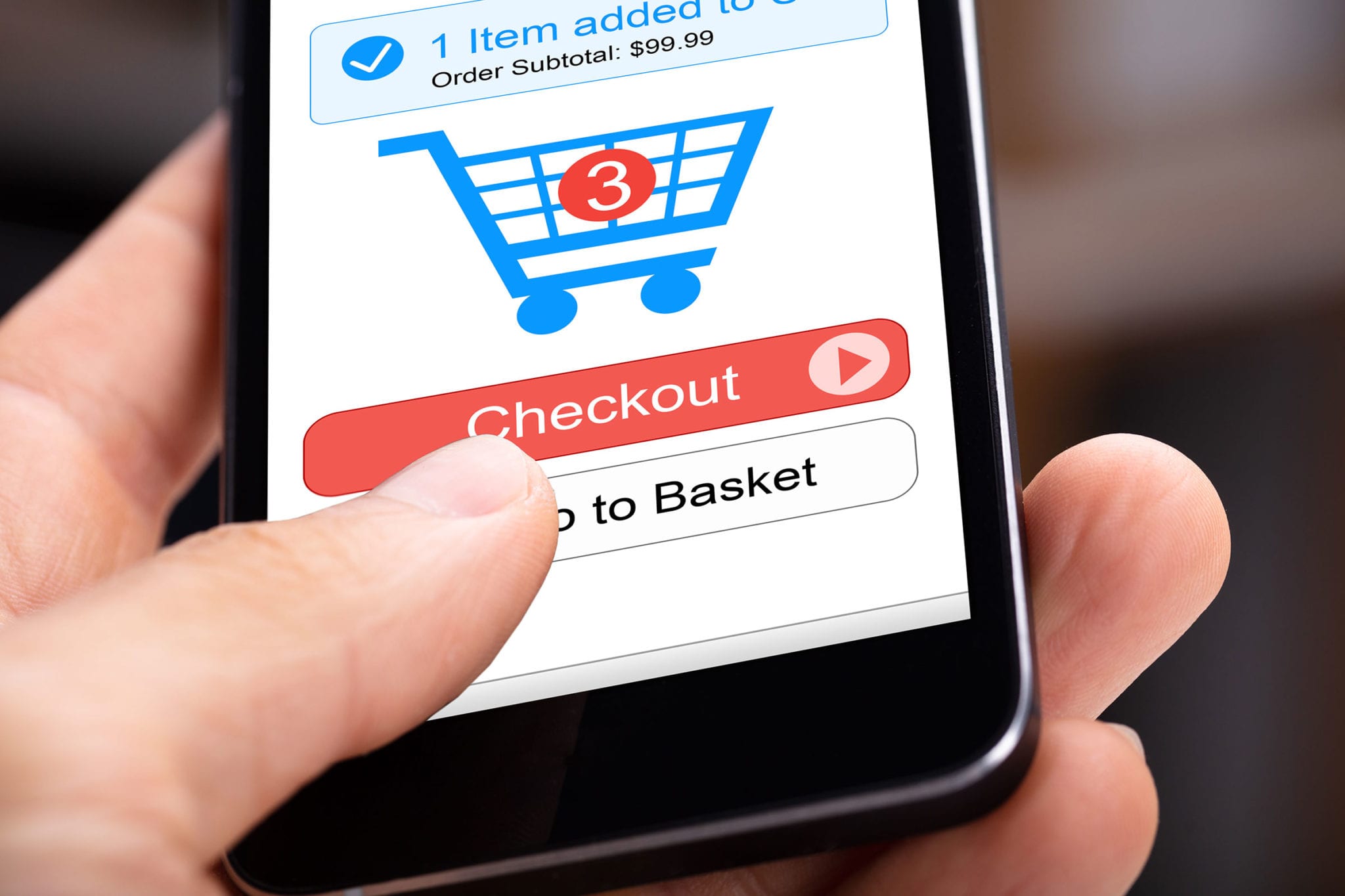The Software-as-a-Service (SaaS) industry is built on subscriptions. From consumer-focused brands like Spotify and Netflix to professional service providers such as HubSpot and Slack, there’s no shortage of successful SaaS companies. You may even be a customer of one yourself if you’re using a tool like Shopify.
It’s obvious from the SaaS space that subscriptions simply work. In addition to providing a business with predictable recurring revenue, they offer multiple upselling opportunities and potentially even allow you to understand more about your audience via demographic information. But while this model is feasible for software companies, it’s much less so for a business that offers physical products, right?
Not necessarily. Subscription-based models offer several advantages when applied to eCommerce. And there are a number of reasons you should consider one.
- Customer retention. A regular storefront might be visited by a particular consumer once or twice. If that store offers a valuable subscription service, though? You’re looking at both recurring revenue and potentially increased sales.
- Better engagement. With a subscription model, you’ll know exactly who your most interested, most engaged customers are. More importantly, you’ll have some idea of how to engage them, with perks and deals based on their purchase history.
- Growth potential. One need only look at the meteoric rise in the SaaS space over the past year to see just how much growth can be created by an effective subscription service. Though much of this growth can be traced to the COVID-19 pandemic. But offering a subscription service still means one more way your business can grow and expand.
- Additional revenue streams. Two words: recurring revenue. eCommerce sales numbers can often vary wildly from month to month. With a subscription service in place, you can add just a bit more stability to those numbers.
Understanding eCommerce Subscription Models
Let’s say, for instance, your store sells products that a customer might purchase repeatedly, such as cosmetics or food. Rather than requiring them to visit your site whenever they start running low, you can offer a subscription service model that automatically tops them up on a recurring basis. This is considerably more convenient and is actually something Amazon has itself been experimenting with.
Speaking of Amazon, Prime represents another example of how subscriptions might be applied to eCommerce. Prime subscribers enjoy expedited delivery at no extra cost in addition to a number of exclusive discounts and special offers. They also gain access to Prime Video, Amazon’s subscription service —a great value-add for a service they’d be subscribed to regardless.
Granted, offering a service like Prime may be challenging if your business lacks reach or services only a niche audience. But you don’t need to exactly follow its example. Amazon’s subscription service can actually be broken down into three components, any of which can be applied to your store.
- Delivery. Your store should already offer different delivery tiers to customers. Applying a subscription model means adding an extra tier. Everyone else might have to wait a week or so for their products to arrive, while subscribers might get two-day or same-day delivery.
- Exclusivity. You might offer your subscribers access to special discounts, but you could just as easily provide them with exclusive insights, information, or even products.
- Extra value. A product or service which isn’t directly related to your eCommerce line of business. If, for example, you own a SaaS company in addition to your store. Someone who signs up for expedited delivery could also receive a free subscription to that product.
Alternatively, you could apply a subscription model to every product you sell. This can take one of two forms. Either a subscriber could gain access to a permanent, fixed discount on every product or service, or they could get a certain volume of your products delivered to them for free each month.
What I’ve described above is only one facet of eCommerce. You can also apply the subscription model to curation and discovery. And as evidenced by the rise of services like Loot Crate, Bam Box, and Birchbox, this can be extremely effective.
Under this model, customers are shipped a selection of products and brands on a recurring basis, usually once per month. These products may be either randomized or chosen from a selection of products. If one wishes to take a particularly deep approach to personalization, the contents of these boxes can even be chosen by experts based on a customer’s predefined preferences.
These subscription boxes represent a fast-growing segment of the eCommerce space, reports business publication Forbes, which identifies three reasons behind their success:
- Too much choice. The eCommerce industry is massive. Consumers can often feel paralyzed when it comes to deciding what to purchase or order. Subscription boxes address this, allowing them to still purchase the general products they desire without having to worry so much about the brands.
- Reward uncertainty. Another explanation for why subscription boxes have gained such popularity can actually be traced to research on gambling. When you don’t know what you’re going to get, there’s a certain rush of excitement involved. Frontiers in Behavioral Neuroscience offers a bit more insight into the reasoning.
- A curated experience. As mentioned previously, not every subscription box offers randomization. Some, such as Nature Box, allow you to choose from a selection of different products, which you can then have delivered at your leisure. This level of curation can itself be immensely valuable and can help to make your store considerably more memorable to customers.
Subscriptions aren’t just for the SaaS space. With a bit of creativity, some clever marketing, and some hard work, you can apply them to your eCommerce business just as easily. You can provide your customers with additional avenues for brand engagement while also securing new revenue streams for yourself.
And that, in turn, can lead to a great improvement in your business’s value.


